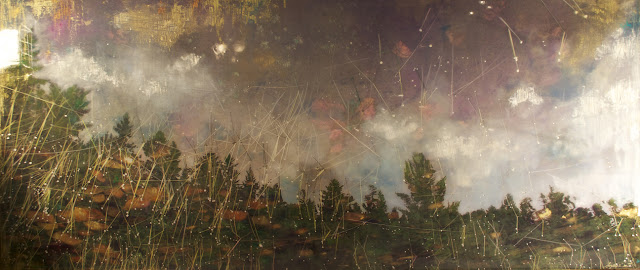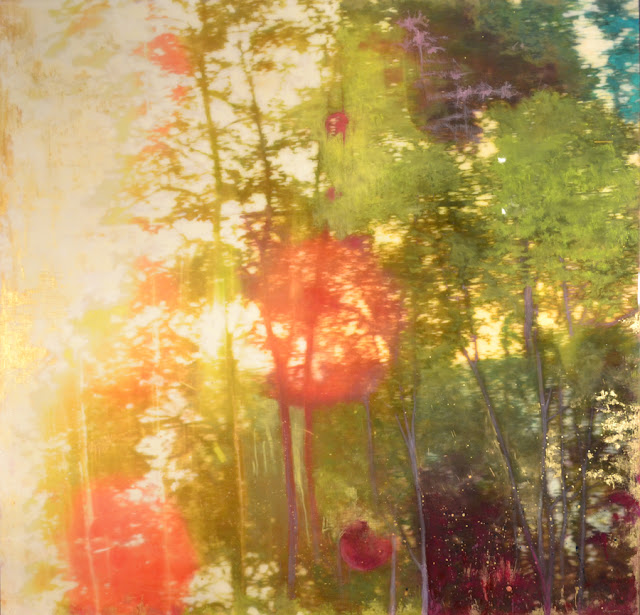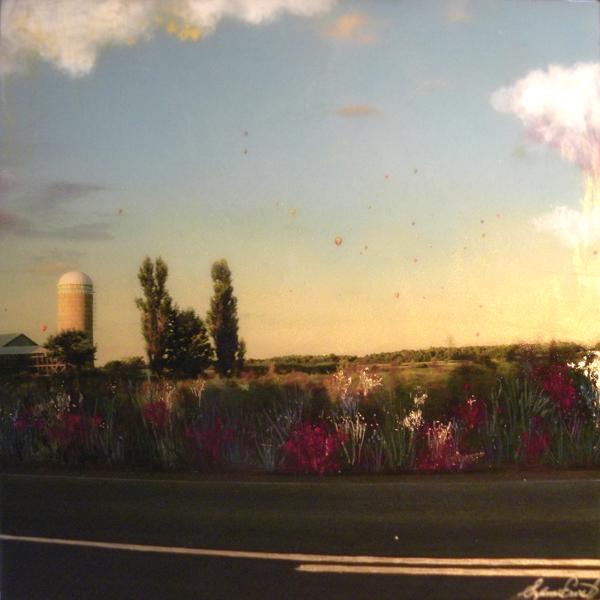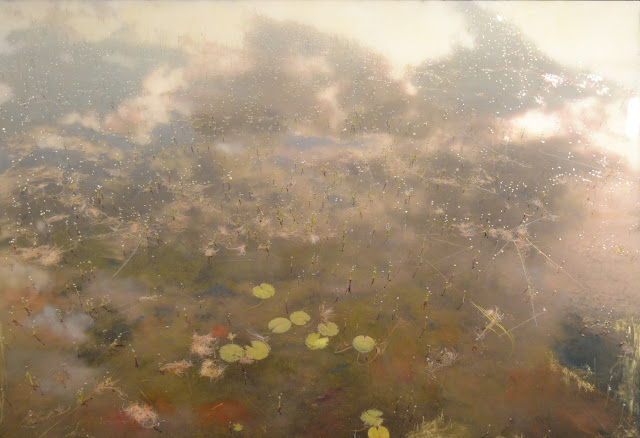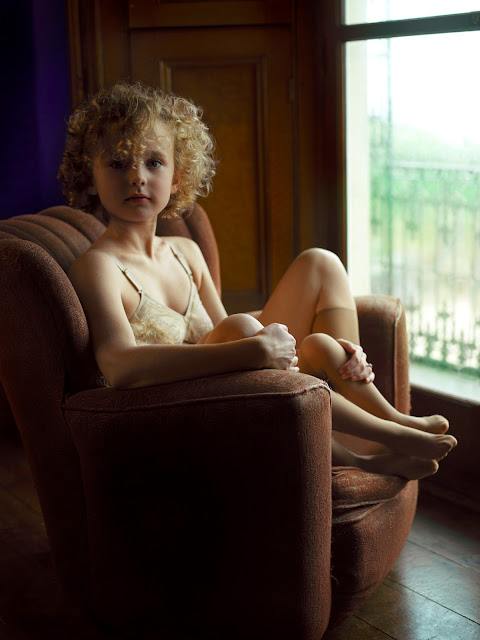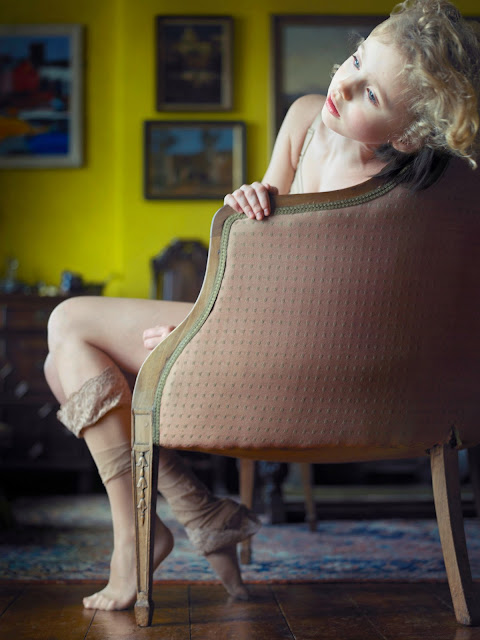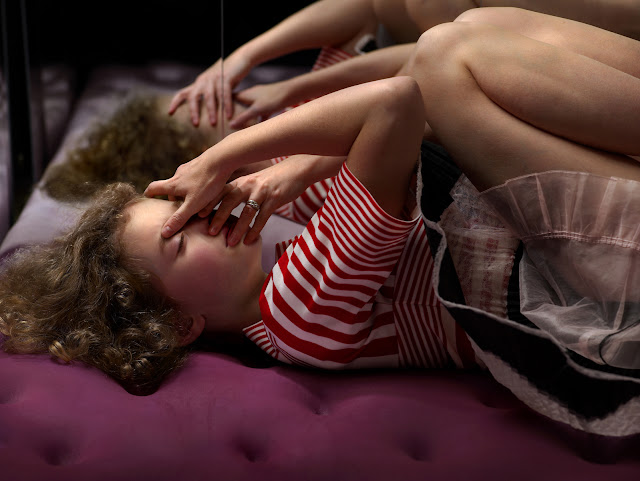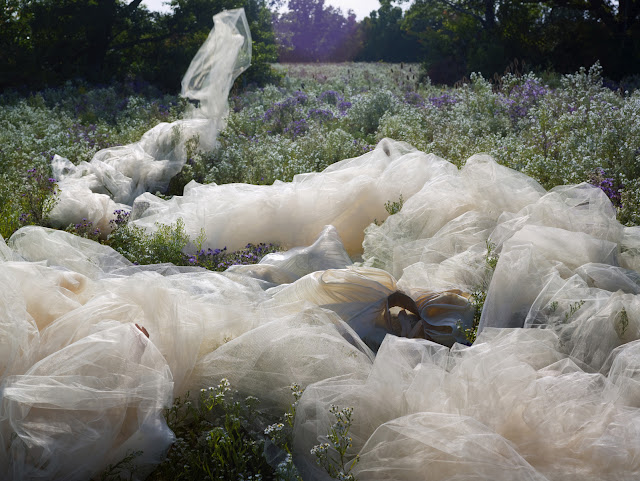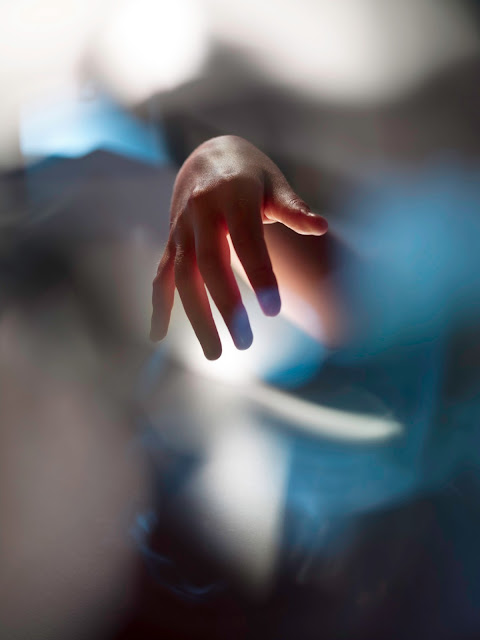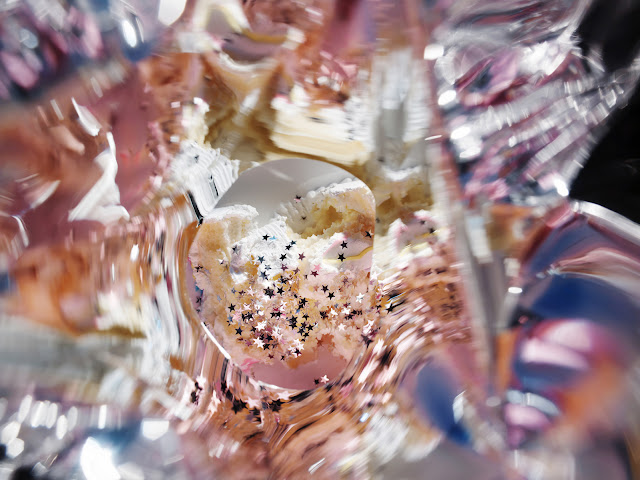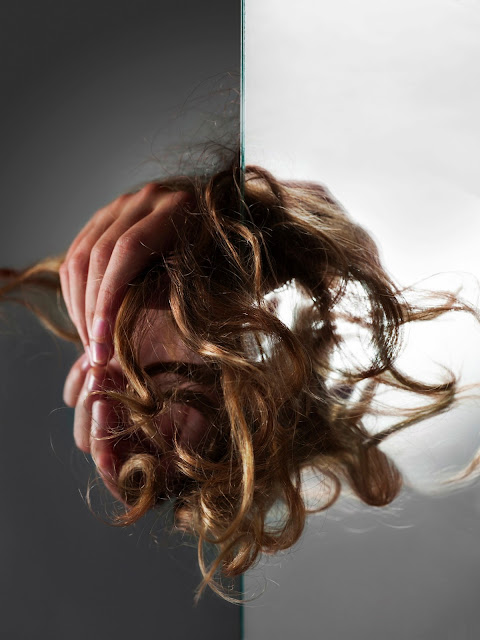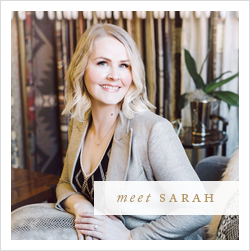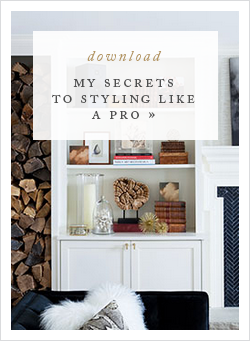The Curated Collection | Suzanne Ernst
I always love a good story, and today’s artist certainly has one. Armed with a masters degree in landscape architecture from Harvard University, Suzanne Ernst started out making her mark as the in-house landscape architect for a major Canadian architectural firm, working for clients around the clock to pour her passion for design and beauty into their projects. But the gratification of seeing her visions fulfilled was often waylaid by competing budgets, and the hard edges of the business started to wear away at the softer edges of Suzanne’s artistic integrity. So, in an act of courage and honesty, Suzanne embraced her love for landscape and decided to protect it by giving it a new voice as a mixed media visual artist.
Armed with her camera and her very personal and refined view of the natural world, Suzanne now expresses her well-honed vision through the lens. She prints the images to her chosen scale and then lovingly enhances each one with acrylic paint, ink, pastels and pencil crayon before adhering them to board and finishing them with a water’s-surface-like coat of colour-enhancing resin.


